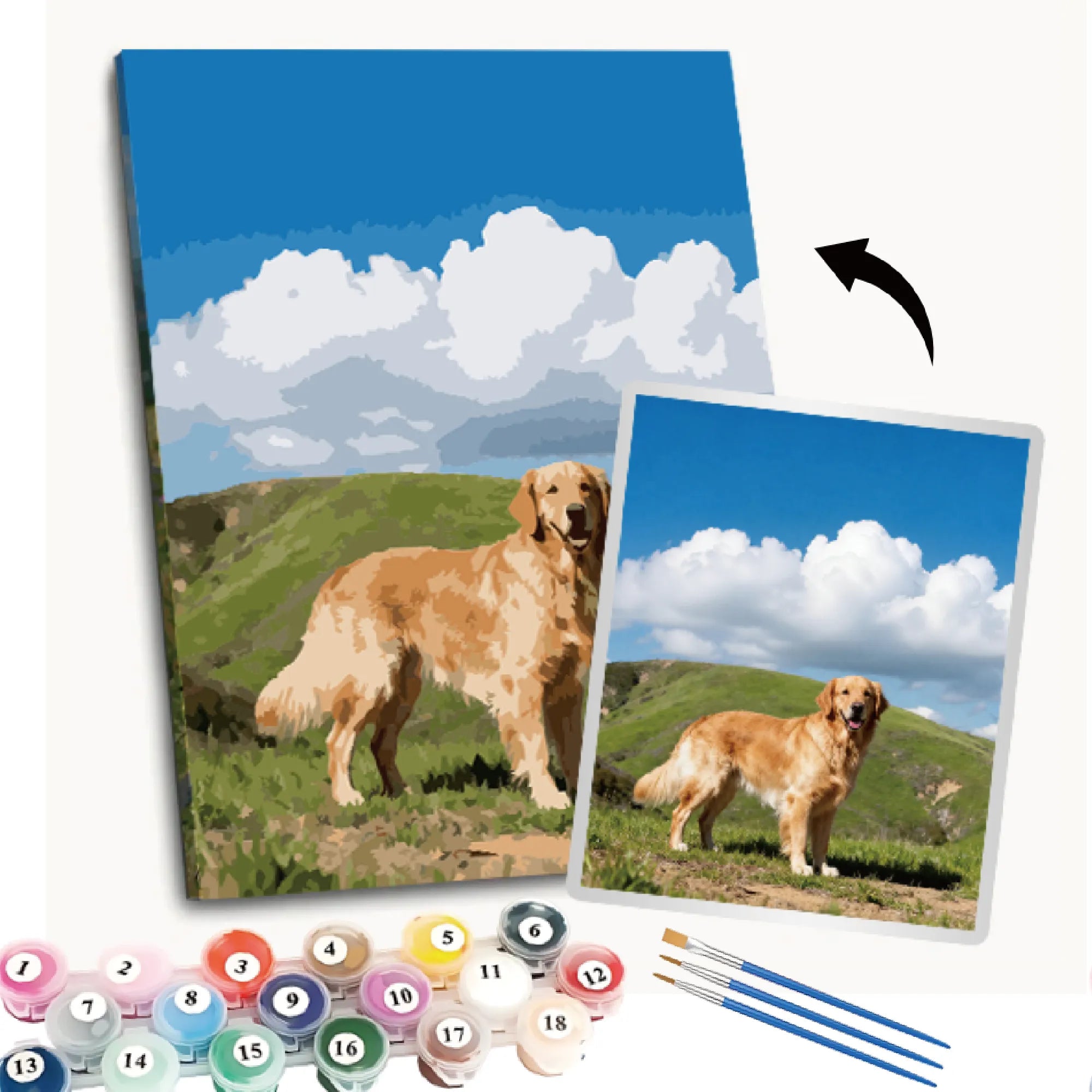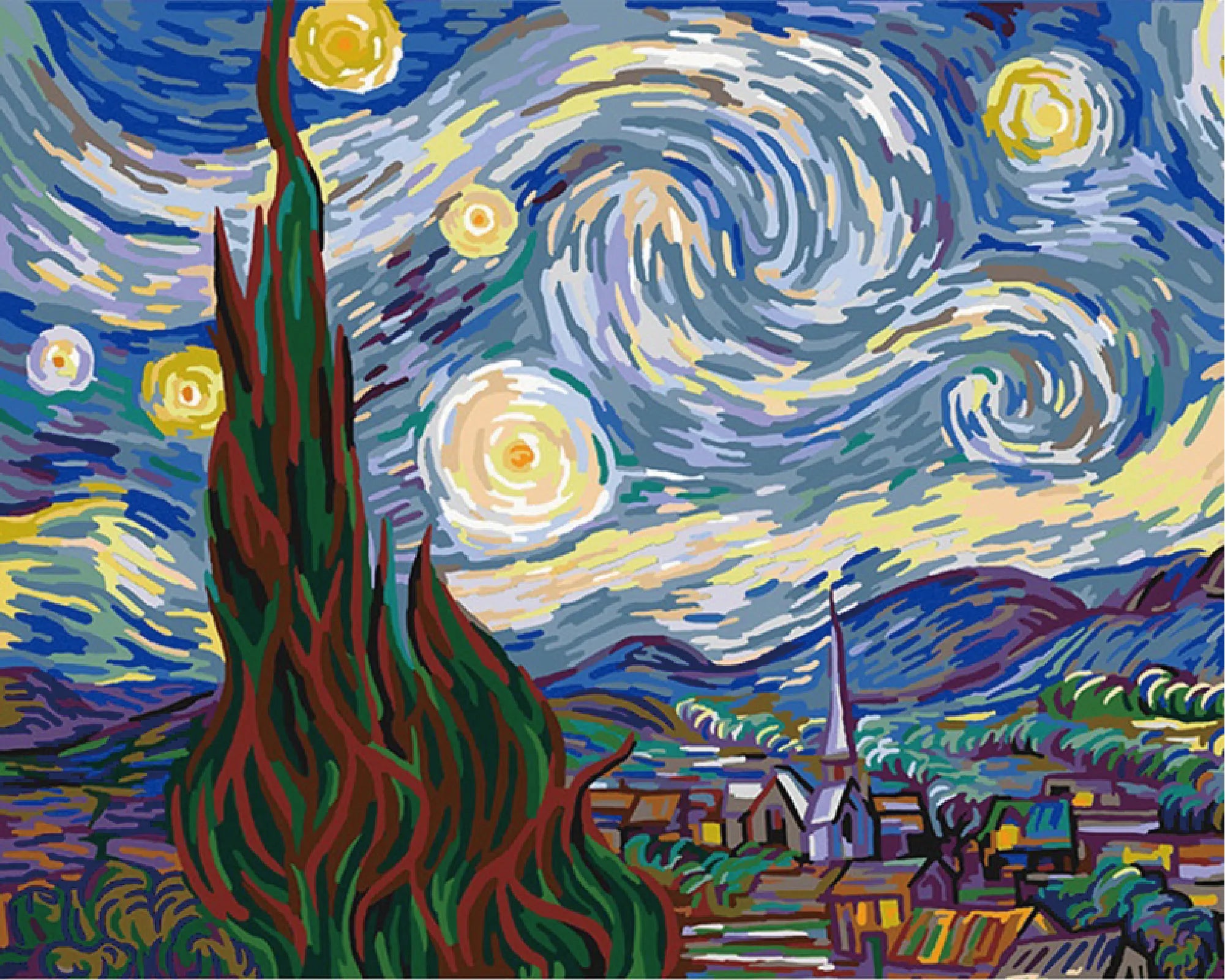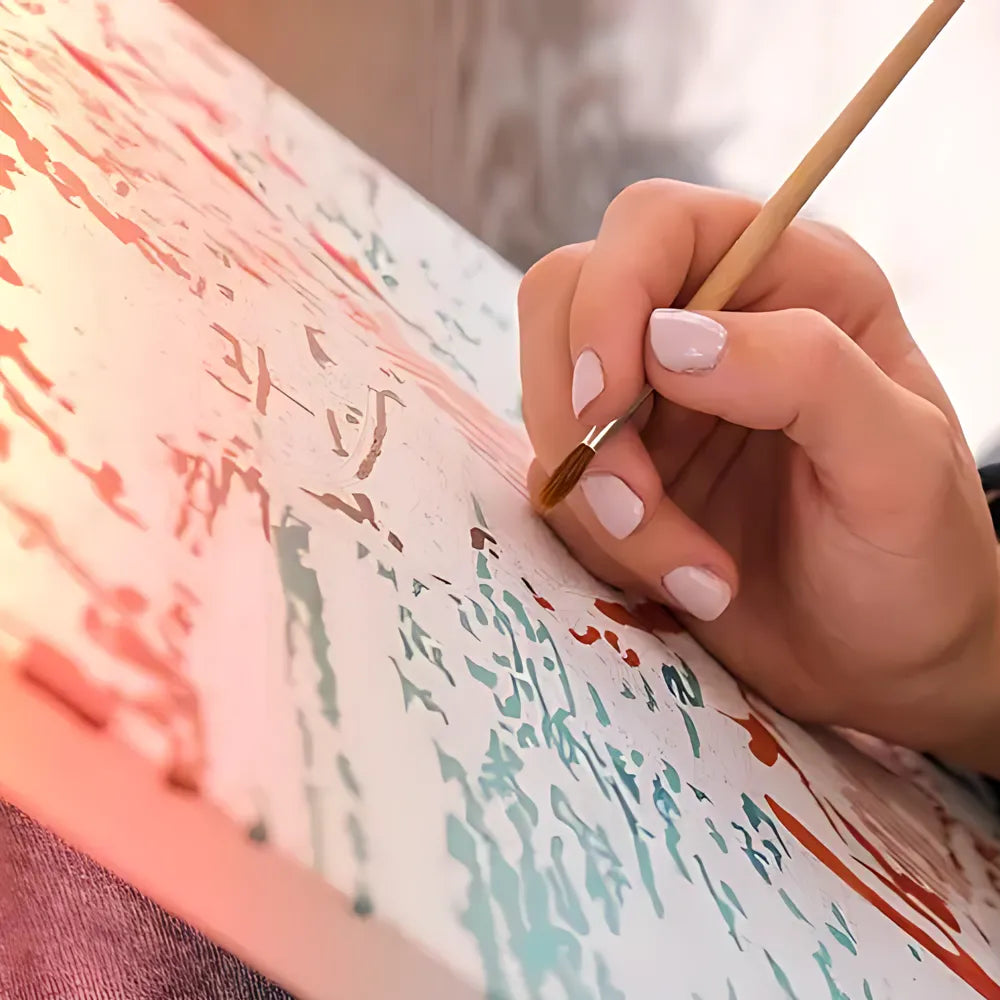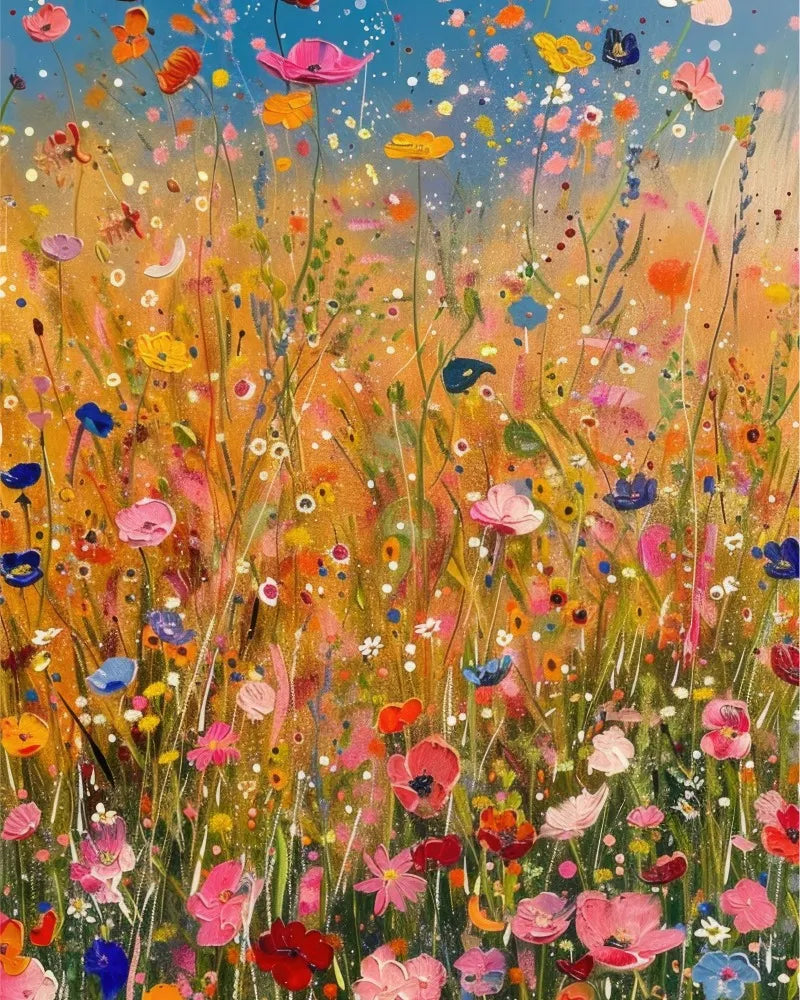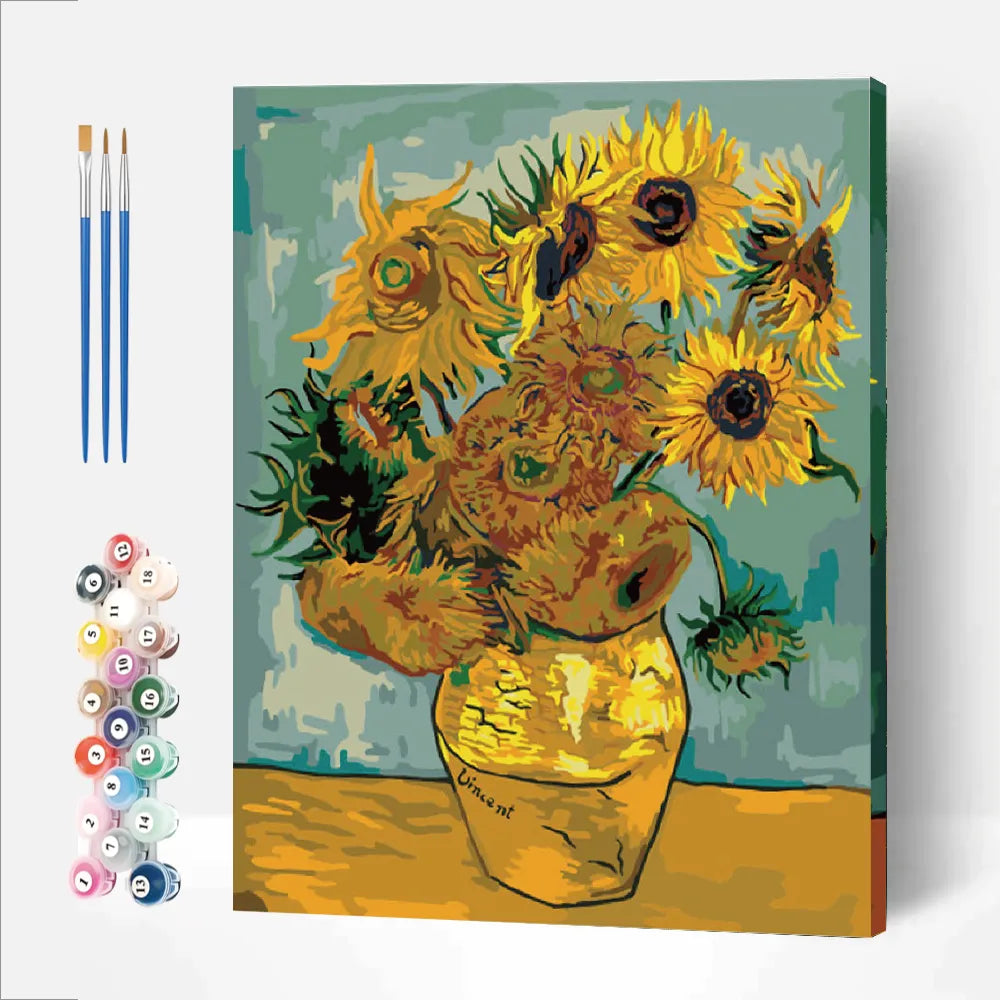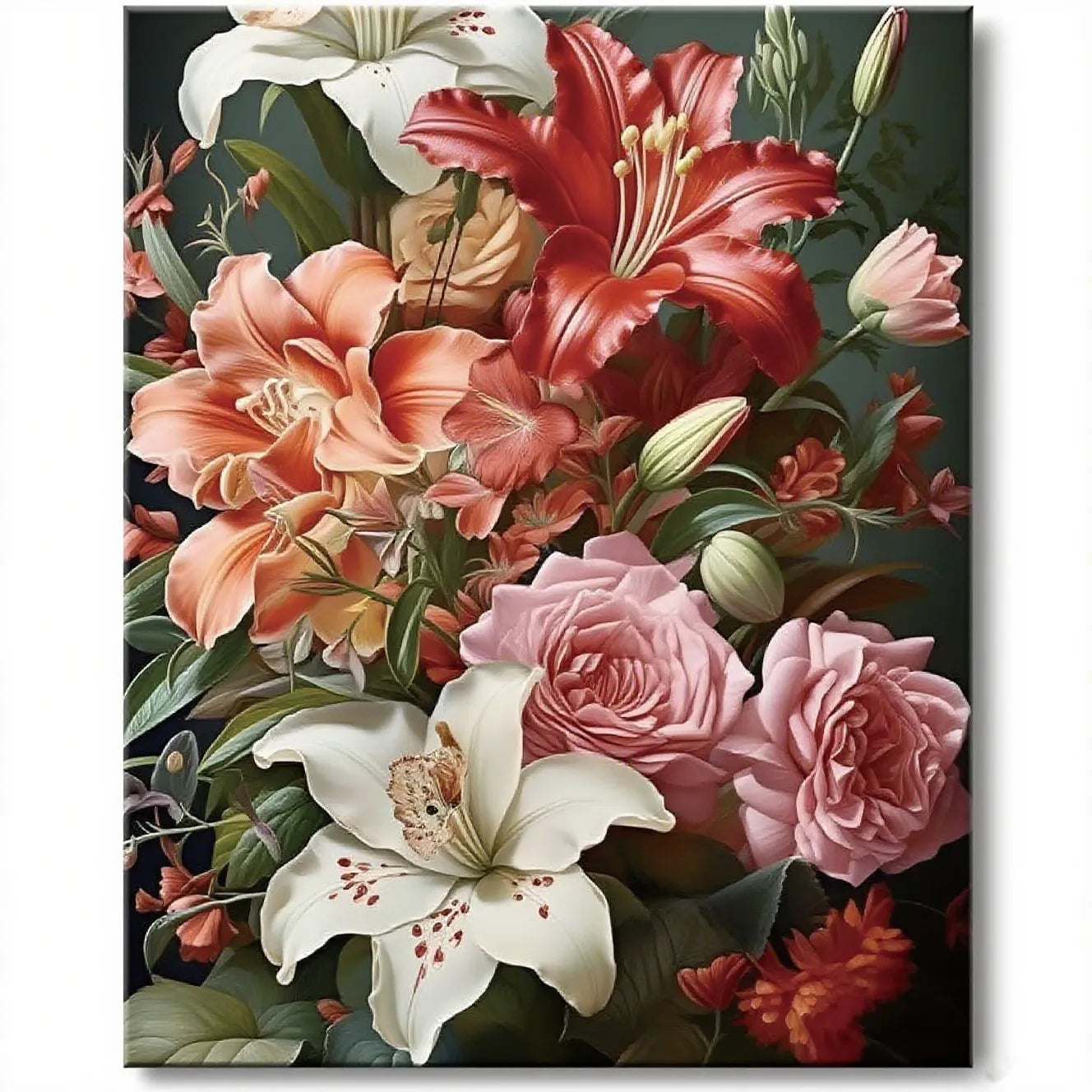Acrylic paint is a favorite among DIYers, art students, and hobby painters for its versatility, vibrant colors, and quick drying time. However, its quick-drying nature can sometimes lead to a common but frustrating problem—how do you clean up those accidental smudges, spills, and dried patches of paint that seem impossible to budge? Luckily, you don’t always need specialized products. With a little creativity, you can make use of materials already in your home.We tested five everyday materials to see which one is most effective for removing acrylic paint:
- Soapy Water
- Vinegar
- Rubbing Alcohol
- Baking Soda Paste
- Baby Oil
If you’ve been wondering which one works best, keep reading to find out!


Why Removing Acrylic Paint Can Be Tricky
Acrylic paint is water-based when wet but becomes water-resistant once it dries. This makes it easy to work with while painting yet challenging to remove once set. Depending on the surface, you may need to experiment to find the right cleaning method. That’s where our five materials come in.
Everyday Materials to Test
Before diving into our results, here’s a brief introduction to the five materials we tested:
1. Soapy Water
A classic cleaning solution, warm soapy water is often the first line of defense against messy stains. It works best on wet or semi-dry paint and is gentle on most surfaces.
2. Vinegar
Vinegar is well-known for its natural cleaning properties. Containing acetic acid, it can help soften and break down dried paint on non-porous surfaces.
3. Rubbing Alcohol
Rubbing alcohol (isopropyl alcohol) is a powerful solvent that can dissolve acrylic paint—even dried splotches. It’s affordable and commonly found in most households.
4. Baking Soda Paste
When mixed with water to create a paste, baking soda can serve as a mild abrasive cleaner. It’s great for scrubbing dried-on messes while being safe on many surfaces.
5. Baby Oil
Known for its softening properties, baby oil is often used to remove sticky residues. Could it work the same for acrylic paint? We put it to the test.
Methodology for Testing
To ensure consistency, we followed the same process for all five materials. Here's how the testing was conducted:
- Surface Used: A plastic sheet was chosen since it’s a common surface for art projects and palettes.
- Paint Application: A moderate amount of acrylic paint was applied and left to dry for 24 hours.
- Application of Material: Each material was applied using a clean cloth or sponge. A consistent amount of effort (30 seconds of scrubbing) was used across all tests.
- Evaluation Criteria: Effectiveness was measured by how much paint was removed using the material. This was ranked on a scale from 1 (least effective) to 5 (most effective).

Testing Table
| Material | Easy Of Use | Effectiveness on wet paint | Effectiveness on dried paint | Surface Damage Risk |
| Soapy Water | Very Easy | 5/5 | 2/5 | Low |
| Vinegar | Easy | 3/5 | 4/5 | Medium |
| Rubbing Alcohol | Moderate | 5/5 | 5/5 | High |
| Baking Soda | Easy | 4/5 | 3/5 | Low |
| Baby Oil | Very Easy | 2/5 | 3/5 | Low |
The Results
Soapy Water: Dependable for Fresh Messes
If you act quickly, warm soapy water can be surprisingly effective at removing wet or semi-dried paint. However, once the paint has cured, its effectiveness drops significantly. It’s an excellent first option for fresh spills.
- Verdict: Perfect for cleaning brushes and fresh paint, but struggles with dry stains.
Vinegar: A Natural Option for Harder Stains
Vinegar works well to break down dried paint, though it requires a little more elbow grease than stronger solvents like rubbing alcohol. It’s a great natural alternative but may not be ideal if you’re short on time.
- Verdict: A decent middle-ground solution for dried paint on non-porous surfaces.
Rubbing Alcohol: The Ultimate Champion
Rubbing alcohol emerged as the clear winner for both wet and dried paint. It effectively dissolves dried paint quickly, though it requires care when using it on delicate surfaces. Be mindful of its strong properties, which may cause damage.
- Verdict: Highly effective! Best for tough stains but use with caution.
Baking Soda Paste: Gentle Abrasion
The mild abrasiveness of baking soda paste makes it helpful for removing paint from surfaces like glass or ceramics. However, it’s not as fast-acting as rubbing alcohol or vinegar.
- Verdict: A steady option for delicate surfaces, though not necessarily the most efficient.
Baby Oil: Surprisingly Handy for Residual Spots
While baby oil isn’t the strongest solution, it worked well to lift light smudges and leftover paint. Plus, it’s gentle on hands and other soft surfaces.
- Verdict: Not the strongest cleaner, but a good follow-up for softening residue.
Our Recommendation
If you’re looking to remove acrylic paint effectively, rubbing alcohol is your best bet. It worked well on both wet and dried paint, making it the most versatile solution. For a less abrasive, eco-friendly option, vinegar is a strong second choice. If you’re dealing with fresh spills, soapy water is easy and accessible.
Can acrylic paint come off clothes?
Yes, but the sooner you act, the better! For wet paint, wash with soapy water immediately. For dry paint, try gently scrapping it off and then applying rubbing alcohol.
Is rubbing alcohol safe on all surfaces?
No, rubbing alcohol can damage certain finishes and plastics. Always test it on a small, inconspicuous area first.
Can vinegar damage surfaces?
Vinegar is acidic, which can damage certain materials like natural stone. Use with care and rinse thoroughly after application.
Does acrylic paint come off hands easily?
Yes! For hands, start with soapy water. If the paint has dried, apply some baby oil or rubbing alcohol to lift it gently.
What’s the best cleaner for brushes?
Warm, soapy water is the most effective and gentle cleaner for brushes immediately after using acrylic paint.
Tackle Acrylic Paint Messes with Confidence
Accidents happen, but that doesn’t mean dried paint stains have to stick around. Whether you’re working on a DIY project, creating artwork, or tidying up after a kids’ craft day, these everyday materials can save your surfaces from paint mishaps. Next time you’re in a sticky situation, reach for rubbing alcohol first—but don’t underestimate the power of soapy water for easy, quick cleanup!Got any other methods for removing stubborn stains? Share your tips in the comments below!



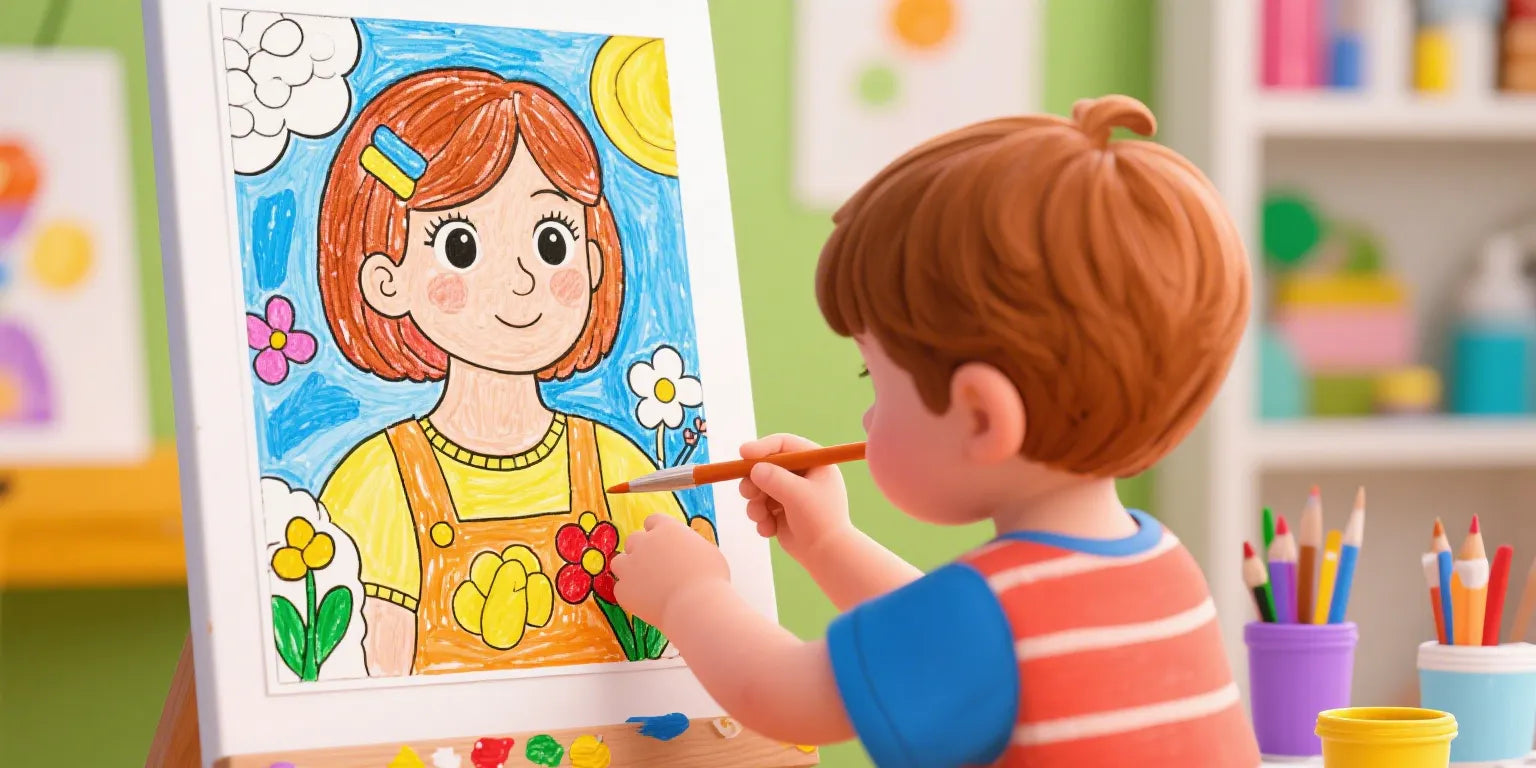
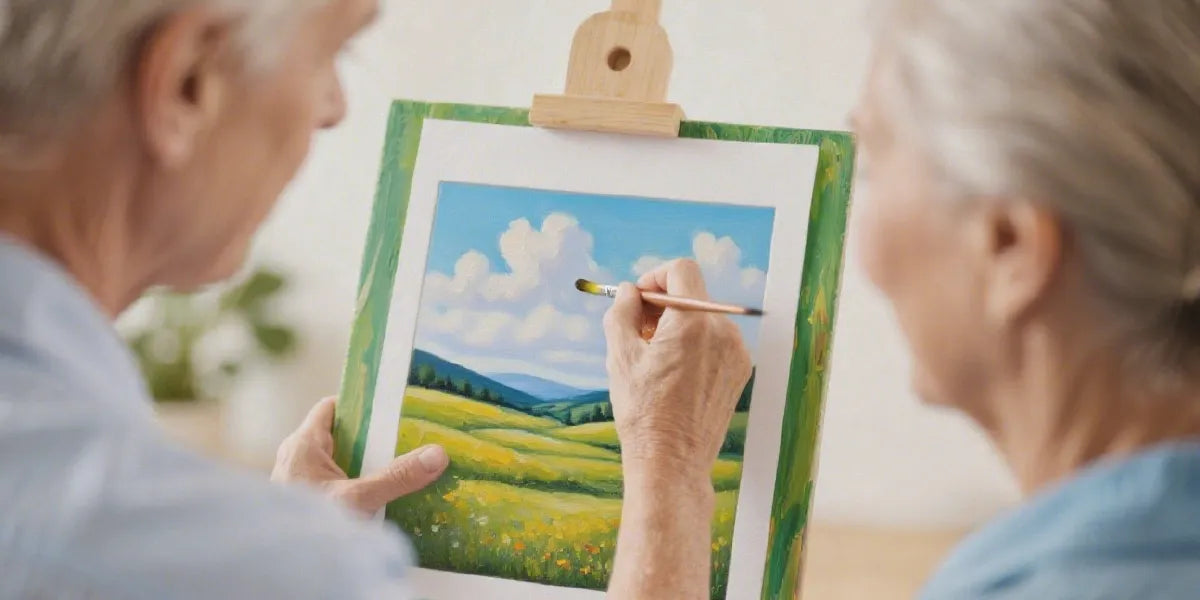
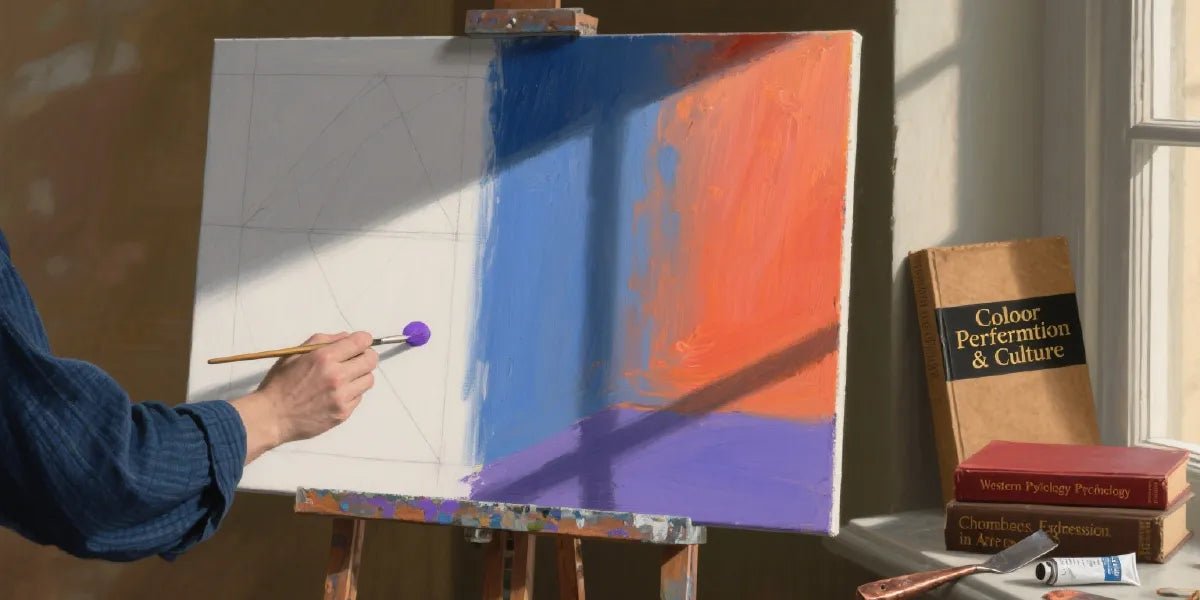
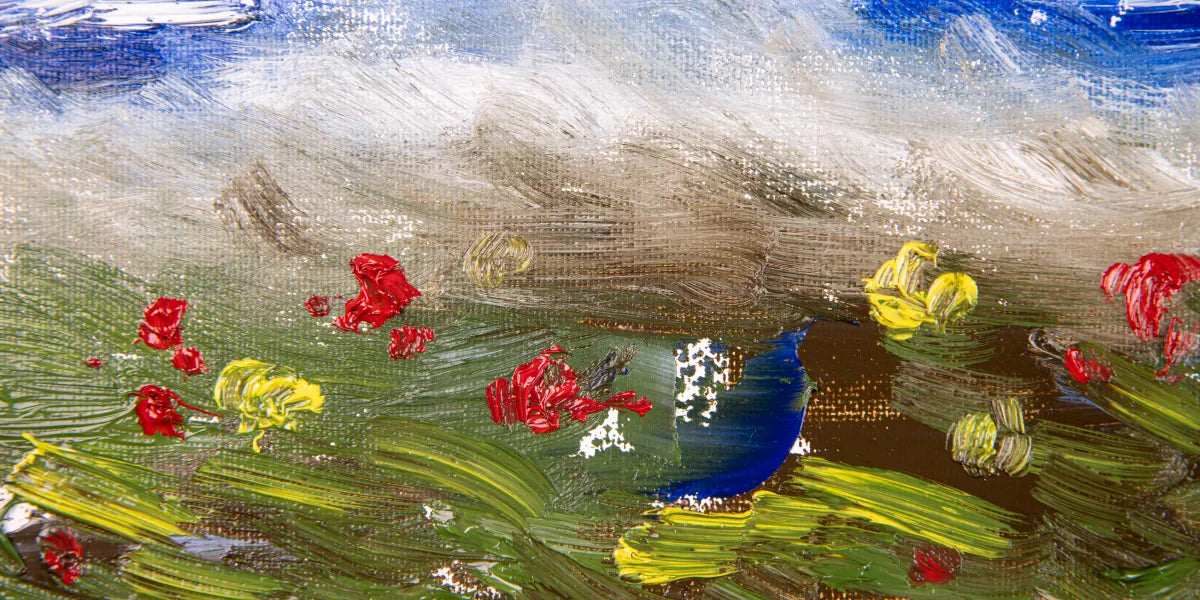
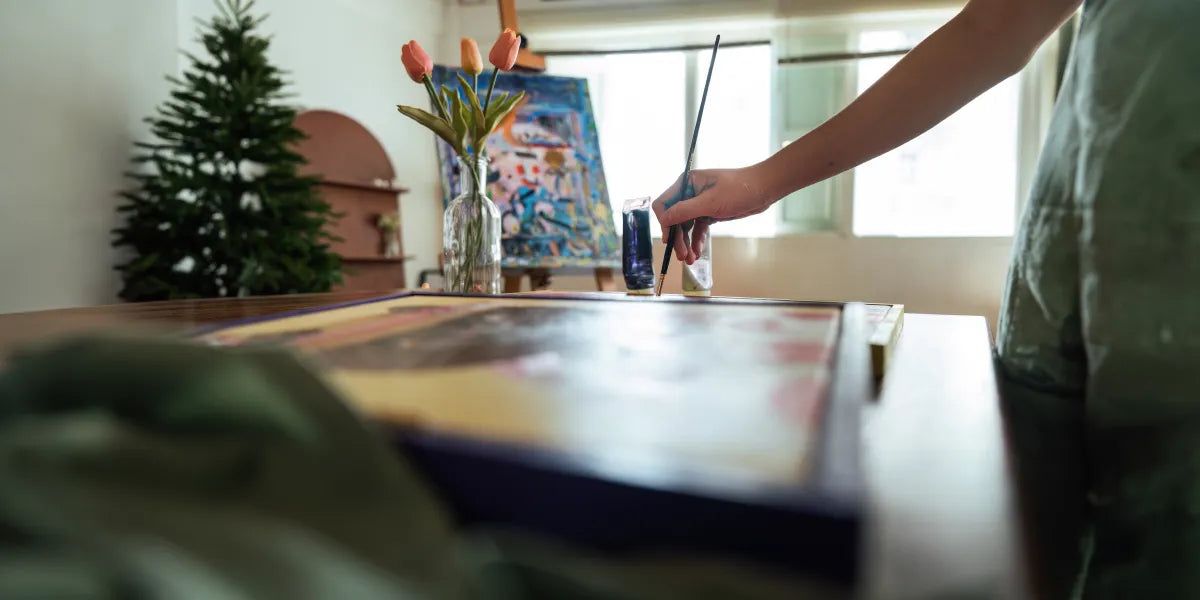
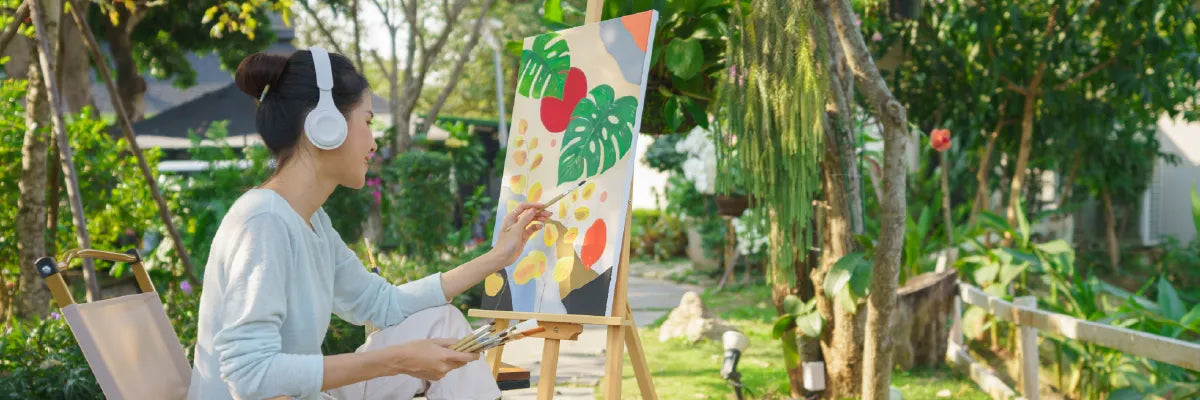
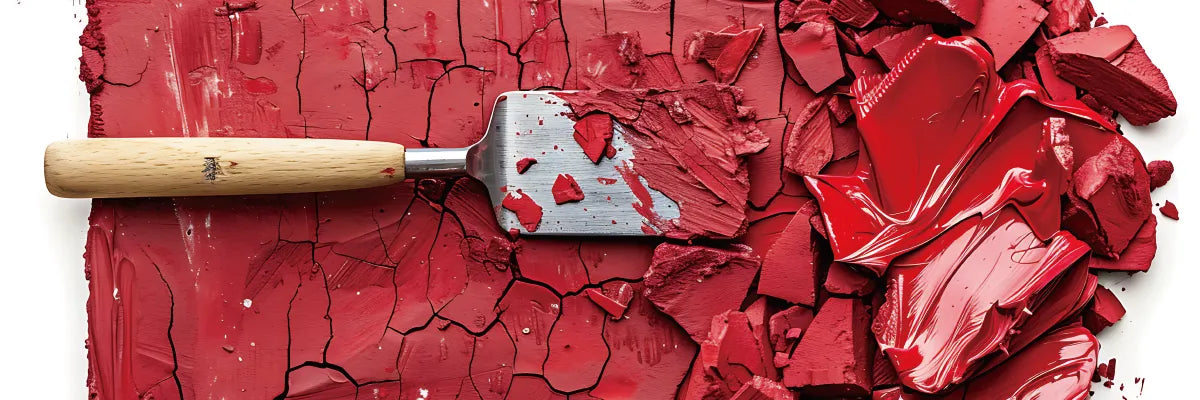
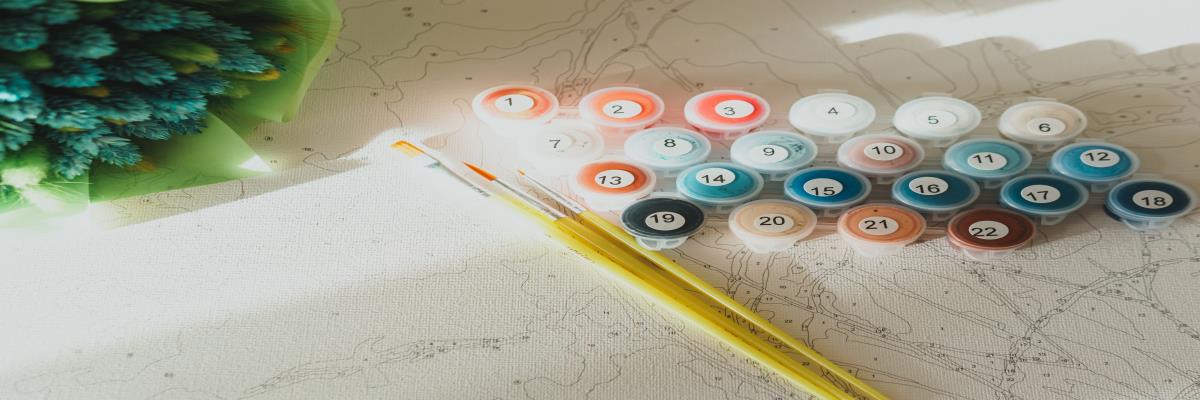

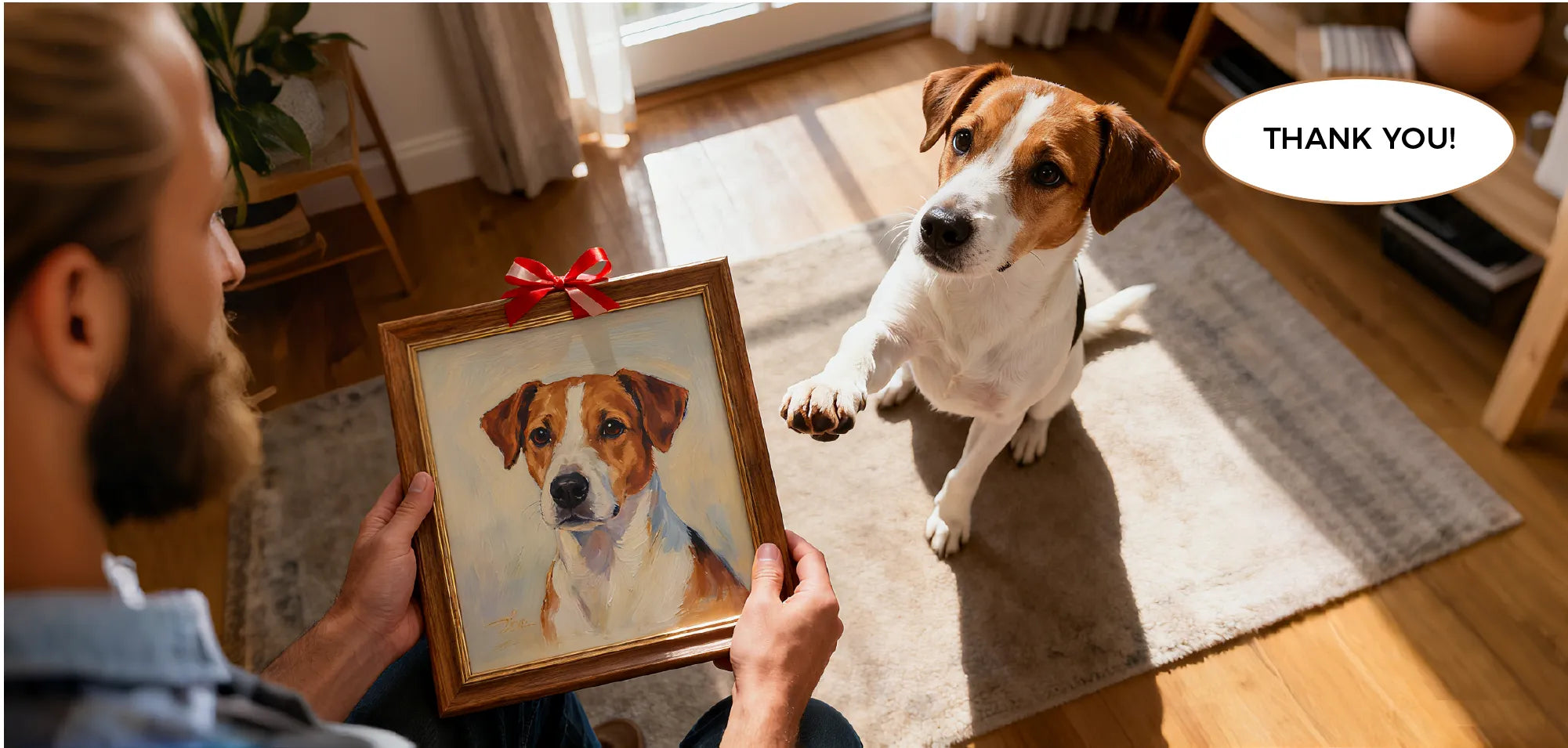

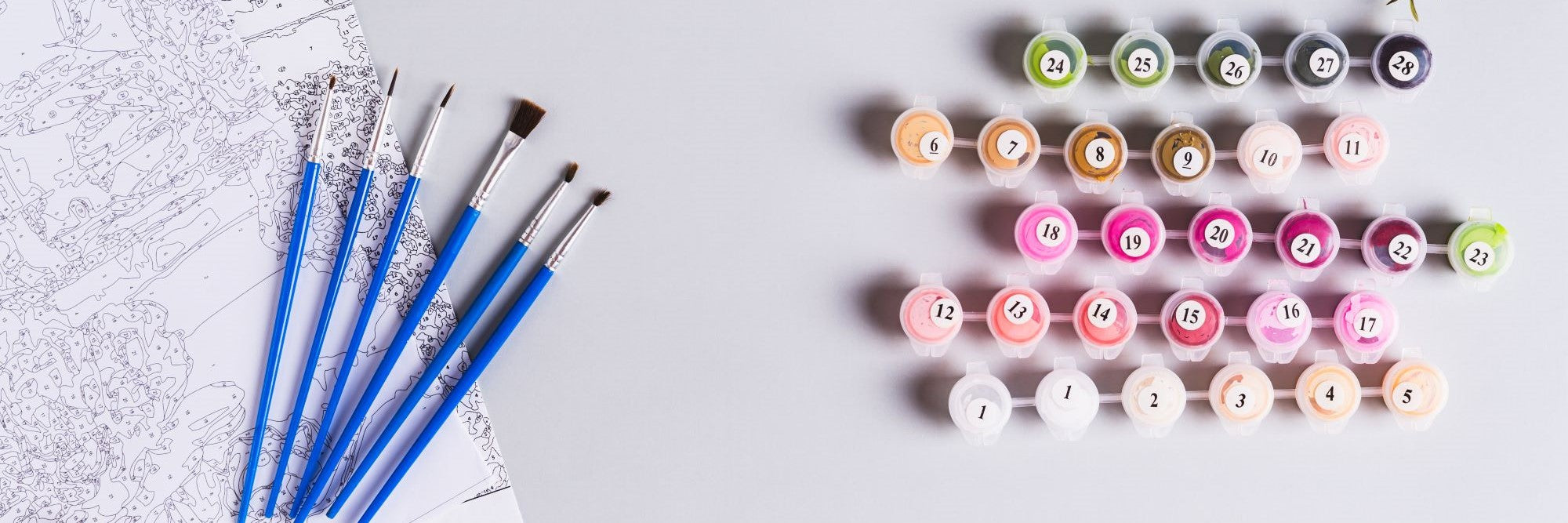

 https://1001canvas.com/blogs
https://1001canvas.com/blogs
